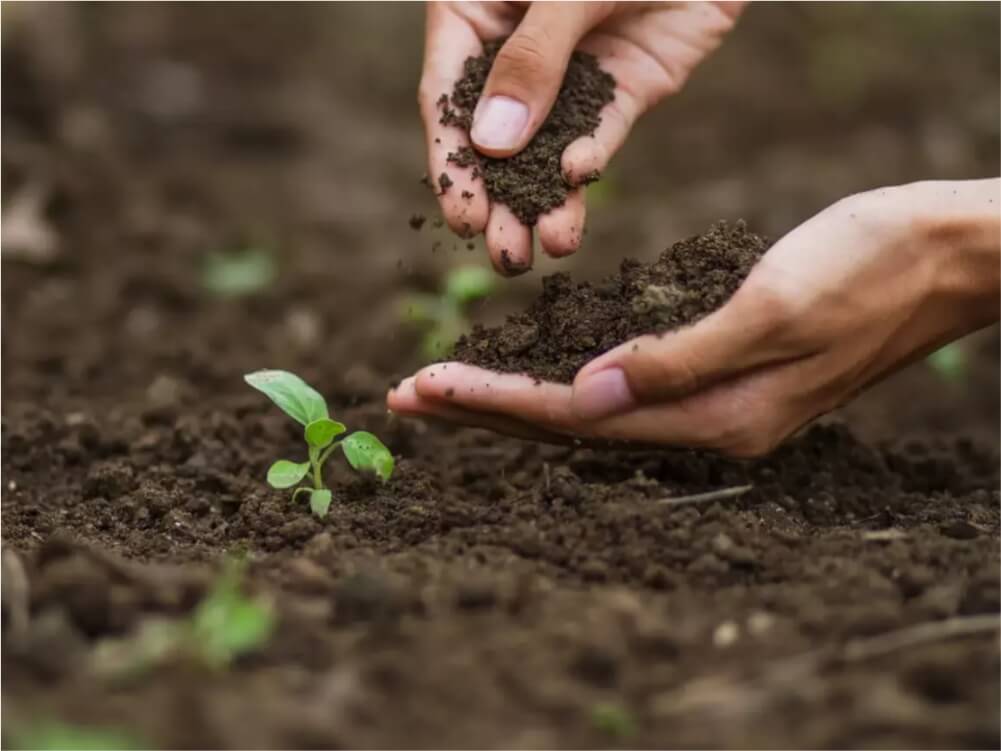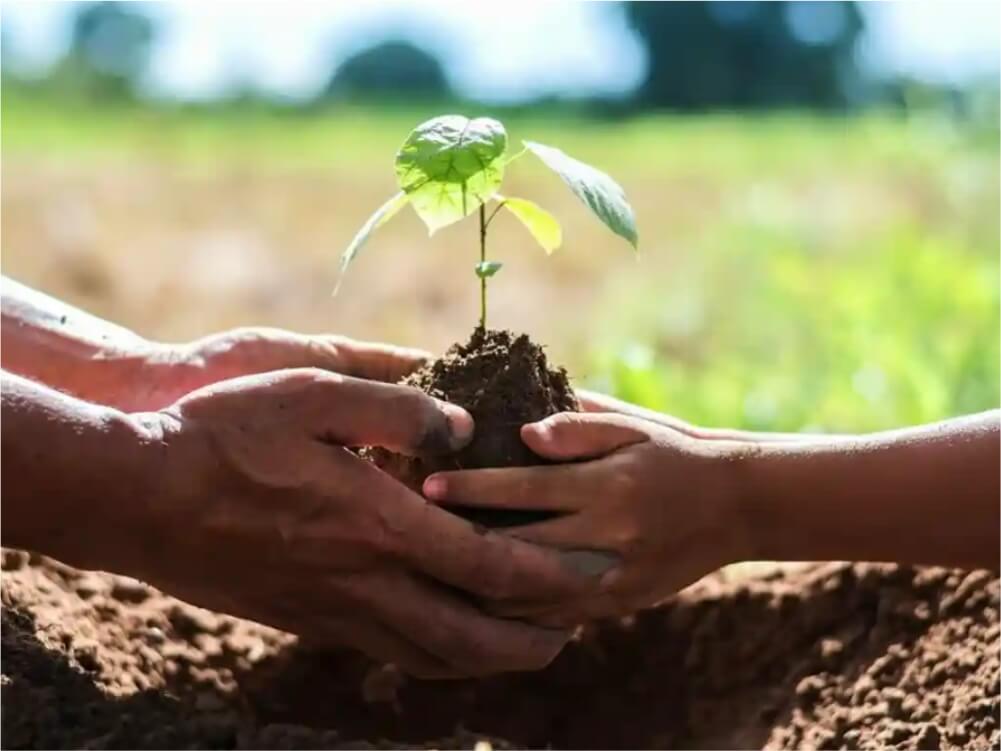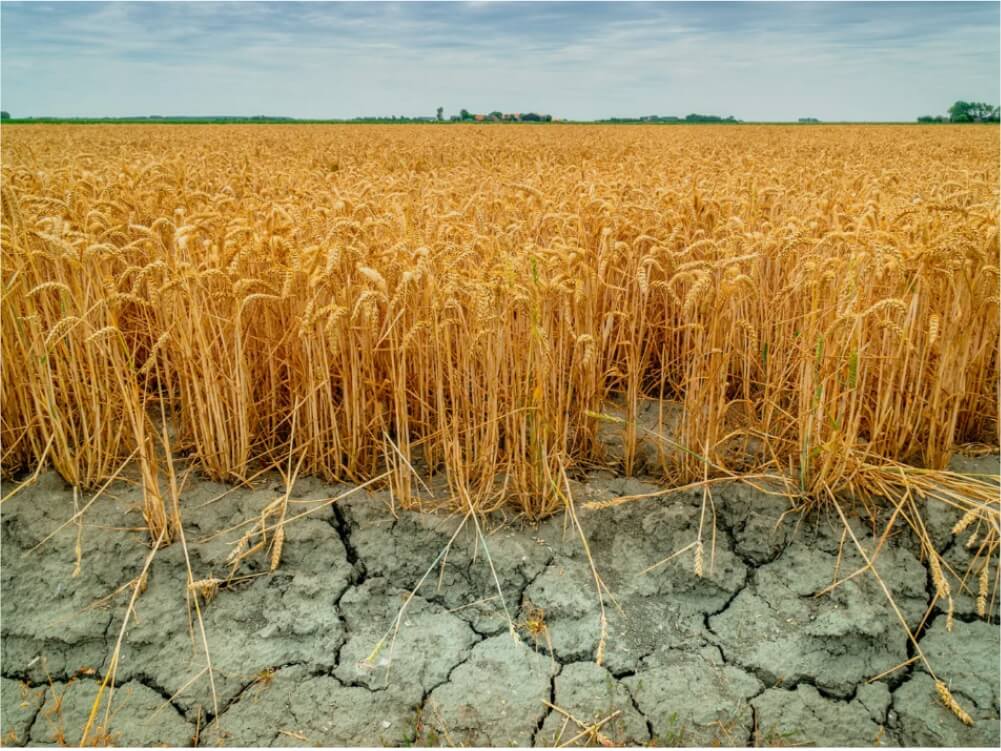Agriculture is a priority sector on which a large proportion of
Tajikistan's population depends for livelihoods, income, and employment, and it
may be affected by climate change. Agricultural systems include crop,
livestock, forestry, and fisheries. Climate change-induced droughts, reduction
of rainfed land, reduced crop yields and production, and crop failures and
losses may negatively affect farmers in Tajikistan. Rising temperatures and
changes in precipitation patterns may force farmers to leave their land in
search of more suitable agricultural areas. Higher evaporation rates may force
farmers to use more water to grow the same variety and volume of crops in new
areas. Traditional growing practices and yields may have to be modified to accommodate
longer growing seasons. Reduced water supplies in drylands could potentially
lead to significant economic losses for farmers, especially small farmers who
are already facing the impacts of climate change and climate extremes.
Changes in climate may increase irrigation requirements, accelerate land
degradation, and increase crop losses and damage due to harmful insects,
pathogens, fungi, and weeds. Post-harvest losses are already a growing concern
for farmers who have endured reduced productivity for years. Higher
temperatures may increase the number of infectious vectors and pests. Rising
temperatures lead to accelerated evaporation of water. As a result, there is an
increasing shortage of drinking water, as well as the necessary resources for agriculture.
Thus, the problem of water resources is directly linked to ongoing climate
change, which certainly requires immediate adaptation measures.
Considering climate change issues, this topic is cross-cutting in all
Cooperative Sarob activities. During project implementation and activities,
climate change considerations are integrated with the goals and objectives. For
example, when introducing new innovative technology, in addition to economic
and productivity factors, the climate change resistance of the technology will
be considered. If new seeds are involved, they should be more resistant to
water and high-temperature stress. The most significant results Sarob has
achieved are in the direction of water efficiency. In different regions, for
various crops, Sarob has demonstrated and promoted water-efficient
technologies, such as drip irrigation, tube irrigation, siphon irrigation
systems, and other methods that allow farmers to use water more efficiently.
Sarob has implemented a wide range of activities to raise awareness. One
successfully implemented activity is simplifying and adjusting the Climate
Change Awareness approach, which helps farmers assess climate change risks and
opportunities and generate an adaptation strategy in a co-creation process. In
the frame of the Inclusive Rural Development Project (IRDP), which is
implemented within the framework of the GIZ project "Supporting Rural
Economic Development in Order to Ensure the Profitability of the Population
(TRIGGER)", funded by the European Union and the German Federal Ministry
for Economic Cooperation and Development (BMZ), various activities on the issue
of climate change are being implemented.
Sarob developed a special module and introduced it to increase climate
change awareness, conduct risk assessments, and introduce adaptation measures
to farmers. The main topics of the module are as follows:




1. Introduction to climate change (general information + terminologies)
2. Climate Change in Tajikistan (with some specific data for each region)
3. Identifying hazards/climate signals in their region (includes group work)
4. Simplified Vulnerability Assessment (includes group work)
5. Adaptation measures (choose the hazard where they are most vulnerable and think about adaptation measures)
6. Evaluate adaptation measures based on multi-criteria assessment (including CBA)
7. Choose the best optimal adaptation measure and think of ways of implementation
One example of implementing this approach is the organized water reservoir, drip irrigation system, and trench garden in the Sojina village of the Panjakent district. The group of farmer-producers in the Panjakent district, village of Sojina, using climate change adaptation tools, assessed the risks of climate change to their farming activities and developed a strategy for adaptation. The adaptation activity was implemented by organizing a water reservoir for 100 tons of water and a trench garden with a drip irrigation system in the mountain area. Direct beneficiaries of the project are 55 people, and indirect beneficiaries are 105 residents of the village.
